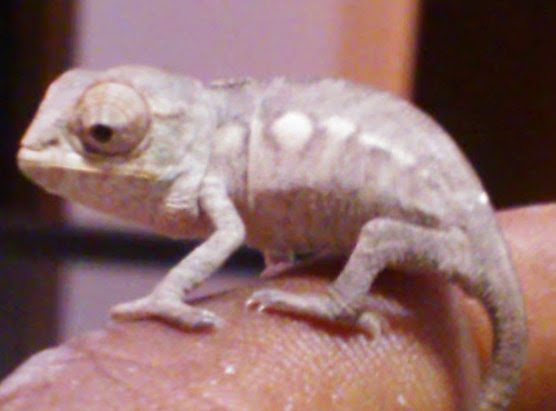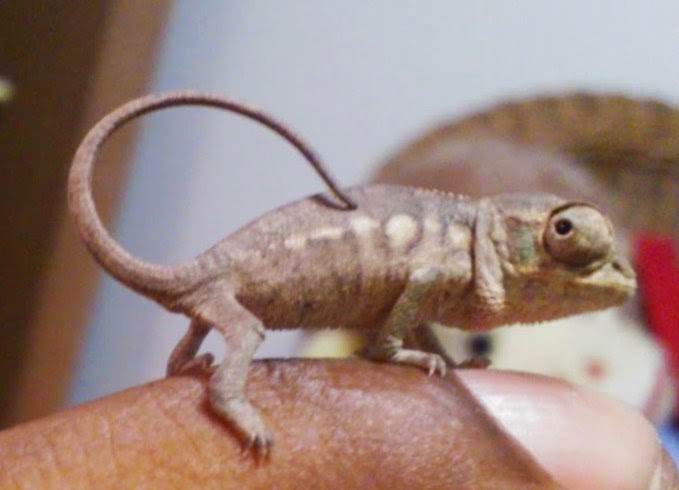juice28
New Member
ok.. so i have a new baby panther she might be 2 mths old and have had her a week now. im sure some of yall have seen the photos in other posts but i digress..she has what looks to be gular edema...ive been reading posts..threads and article for the past two days and im pretty sure thats what it is...
shes too small for crickets and her diet is made of fruit flies, the stores out here dont carry pinheads and im having trouble finding them in small/moderate quantities...Anyways ive noticed that her neck is fat.. still eats well and drinks well ive read that supplementing at such a young age is not good and will cause such issues...everything is right to the care of babies. cage set up, lighting temp, plenty of live plant life to hide in and explore so shes stays off the very top of the cage..feeder cup with small piece of fruit in it to keep the flies around(cleaned before every feeding..misted multiple times a day and i have a fogger set up to go off for 30 minutes 4 times a day and a dripper..no substrate and cage dries out quickly.
Now i have read a few posts of people using tap water causing edema. We do have hard water her and have a water softener installed. Now ive read that water softeners raise the salinity in the water and salt will cause edema..which would make sense being that that is the only factor from what i have researched...that would be a cause but i haven't found out a fix..i just keep reading "i changed my water" now i cant just... change my water up and i cant afford to purchase a RODI unit and even if i could, im renting and thers no where to even hook one up at. So im wondering if i filter the softened water through like a brita filter or something similar..would that basically "distill" the water or at least remove the salt in the water from the softener?
shes too small for crickets and her diet is made of fruit flies, the stores out here dont carry pinheads and im having trouble finding them in small/moderate quantities...Anyways ive noticed that her neck is fat.. still eats well and drinks well ive read that supplementing at such a young age is not good and will cause such issues...everything is right to the care of babies. cage set up, lighting temp, plenty of live plant life to hide in and explore so shes stays off the very top of the cage..feeder cup with small piece of fruit in it to keep the flies around(cleaned before every feeding..misted multiple times a day and i have a fogger set up to go off for 30 minutes 4 times a day and a dripper..no substrate and cage dries out quickly.
Now i have read a few posts of people using tap water causing edema. We do have hard water her and have a water softener installed. Now ive read that water softeners raise the salinity in the water and salt will cause edema..which would make sense being that that is the only factor from what i have researched...that would be a cause but i haven't found out a fix..i just keep reading "i changed my water" now i cant just... change my water up and i cant afford to purchase a RODI unit and even if i could, im renting and thers no where to even hook one up at. So im wondering if i filter the softened water through like a brita filter or something similar..would that basically "distill" the water or at least remove the salt in the water from the softener?







